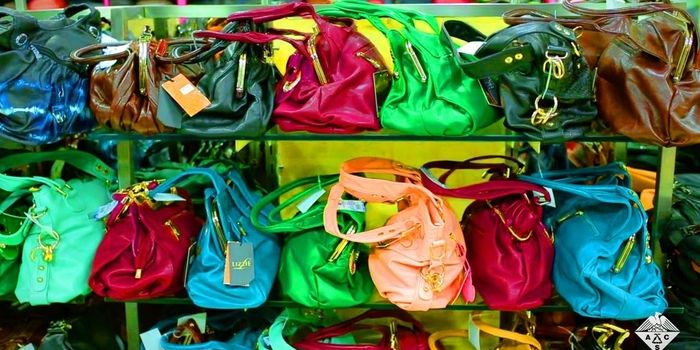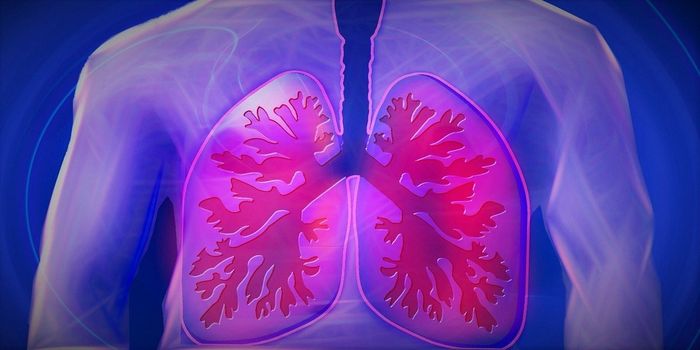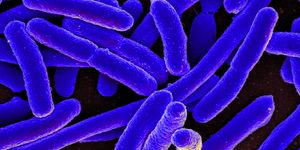Scientists with Illumina explain in this video how next-generation sequencing is aiding the conservation and restoration of valuable cultural relics, many of which are exposed to the elements.
Microbes can have an affect on stone and wood surfaces, and that influence can be positive and protective, or negative and corrosive. That can make understanding the microbial community of cultural artifacts important to the preservation effort. As such, one group of researchers used next-generation sequencing to assay the microbes of a medieval church in Italy. The researchers found both harmful and helpful microorganisms that are discussed further in the video; this knowledge will indeed aid conservationists in their efforts.
Another example provided is an analysis of the structures of part of the Auschwitz concentration camp site in Poland. Again, researchers assayed the bacterial residents of the buildings. Next-generation sequencing, which can refer to a variety of modern genomic sequencing platforms that perform on a high-throughput scale, once again aided investigators in identification of the bacterial and fungal species present.









